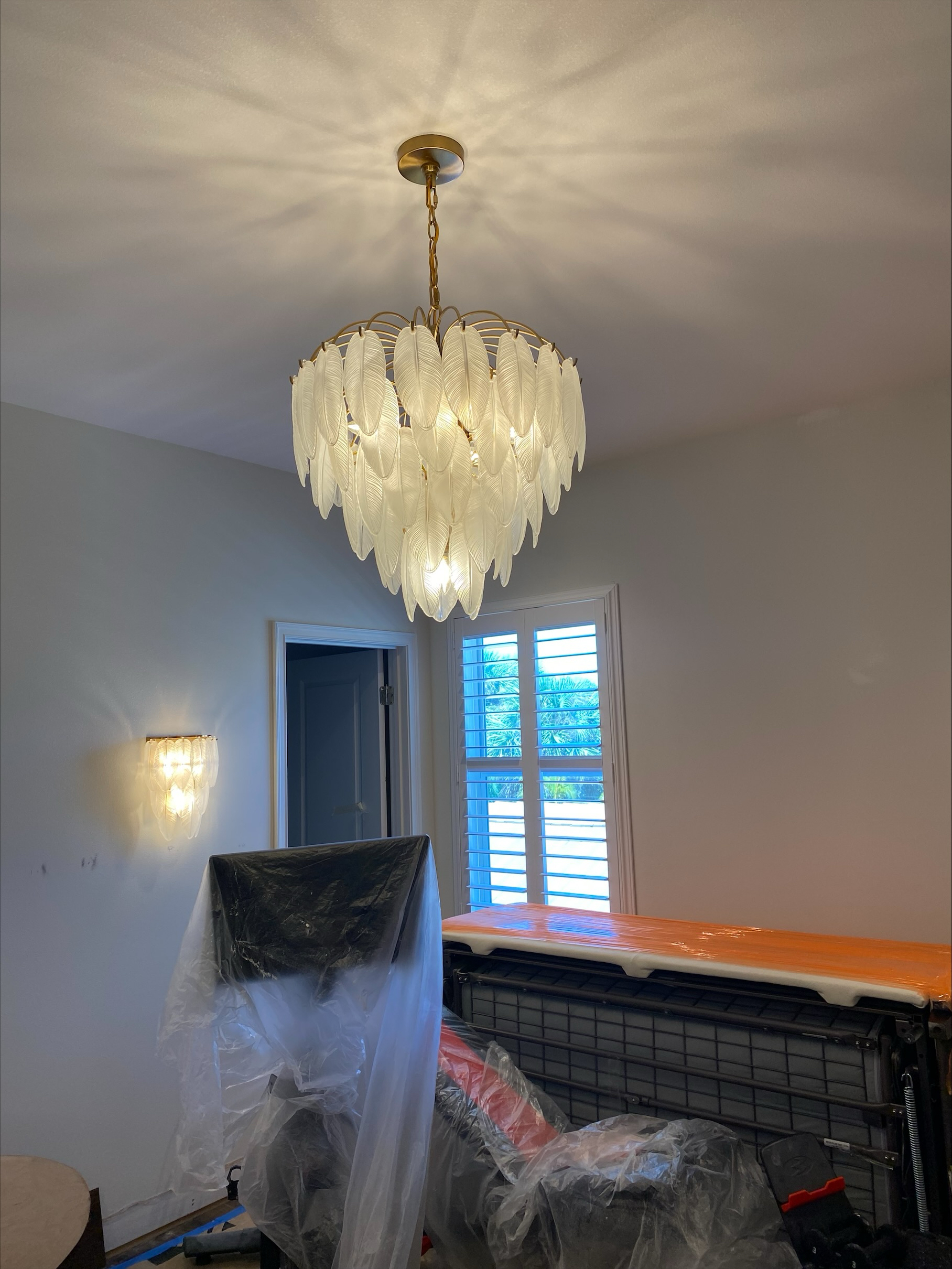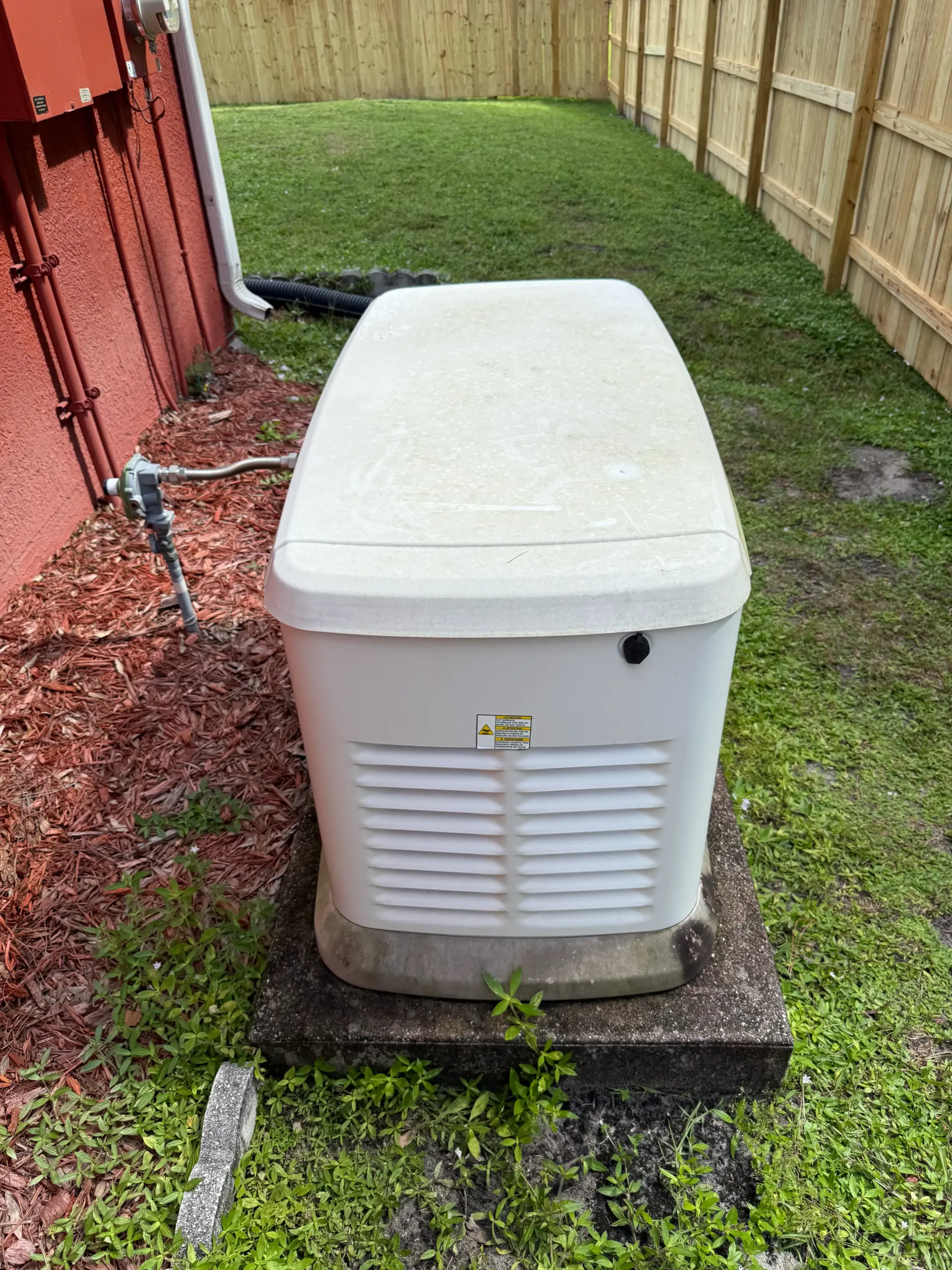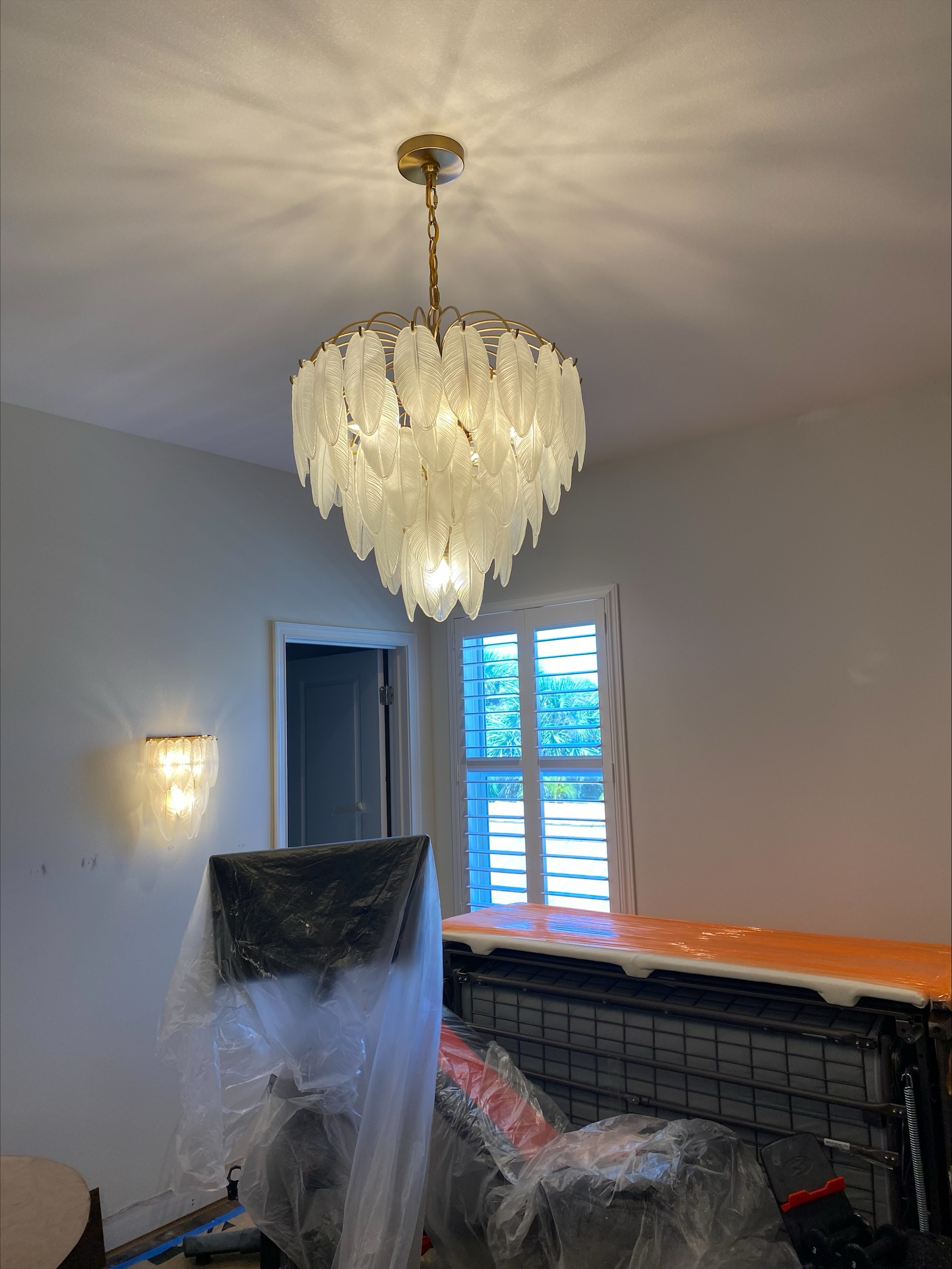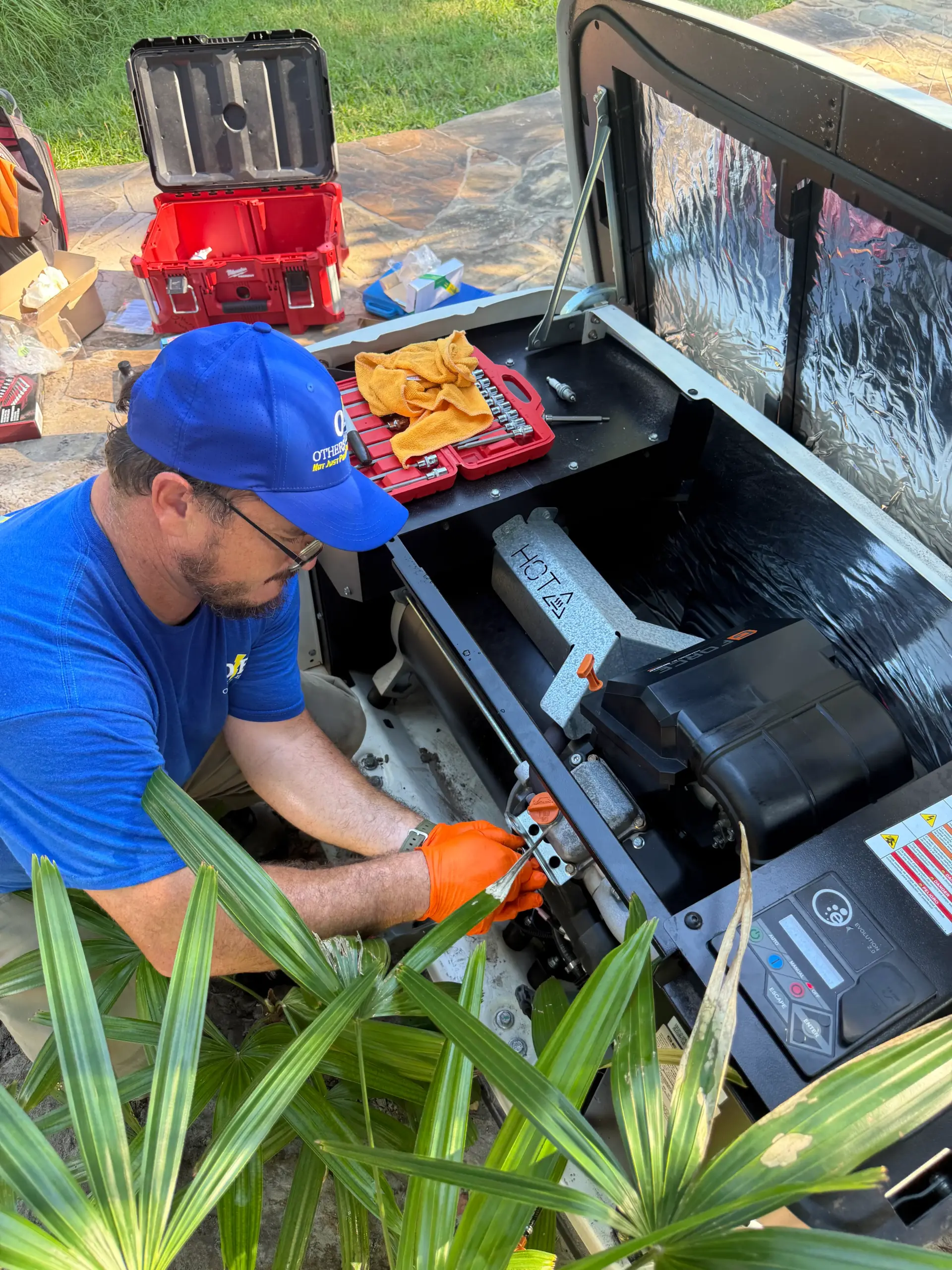Electrical breakers are essential safety devices that protect homes and businesses from electrical overloads and short circuits. They work by shutting off the flow of electricity when a fault is detected, preventing electrical fires and damage to appliances. However, many homeowners wonder: Can an electrical breaker go bad? The answer is yes. Although circuit breakers are designed to last for decades, they can fail due to age, wear, and environmental factors. Understanding the signs of a faulty breaker and knowing when to replace it is essential for maintaining a safe and functional electrical system.
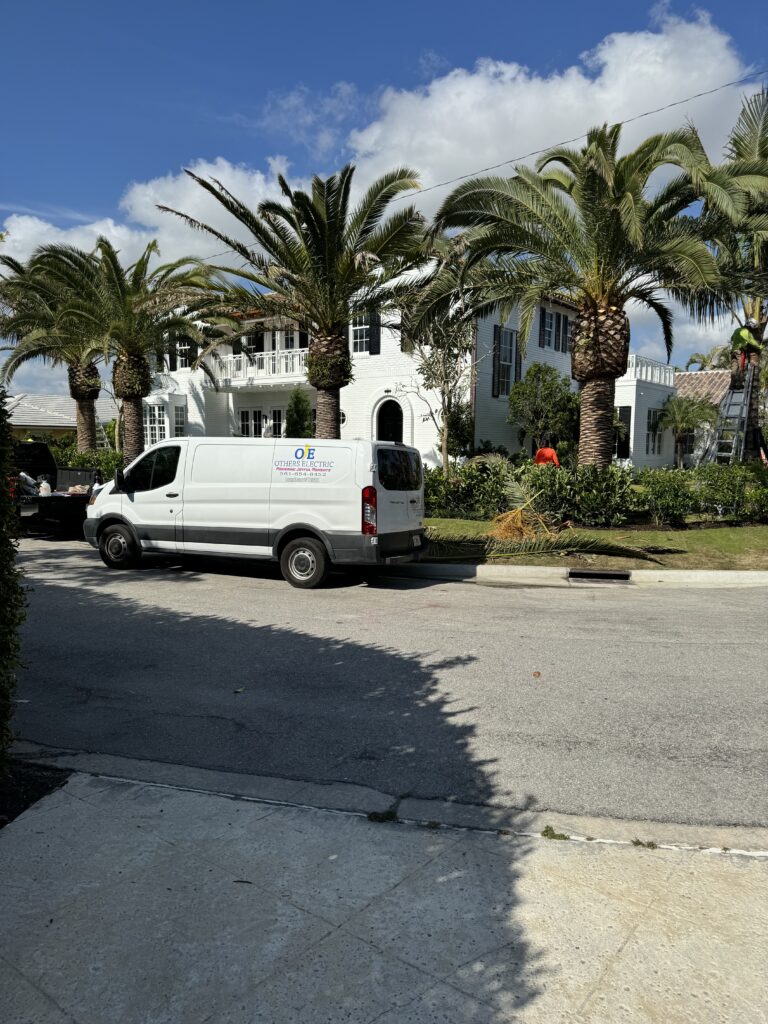
How Electrical Breakers Work
Circuit breakers function as automatic electrical switches that interrupt the flow of electricity when an abnormal condition occurs. Each breaker is rated for a specific amperage and protects a corresponding circuit within the electrical panel. When current exceeds the breaker’s limit, it trips, cutting power to prevent damage. Unlike fuses, which need to be replaced after they blow, breakers can be reset once the issue is resolved. However, over time, internal components can degrade, causing the breaker to malfunction or trip unnecessarily.
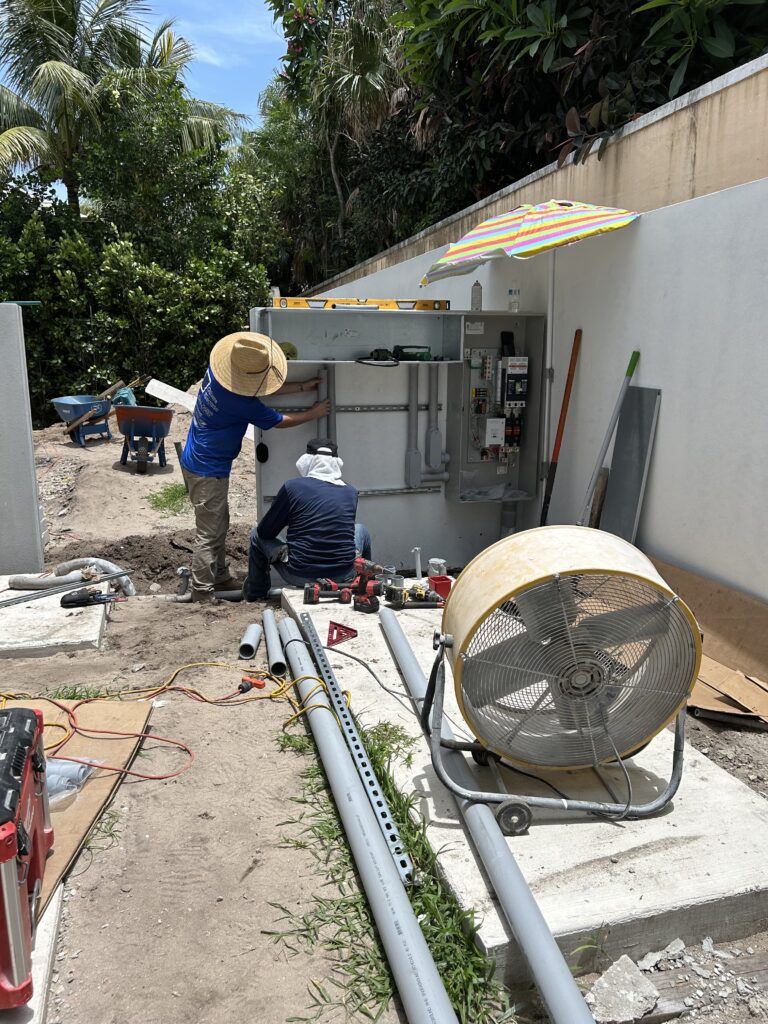
Signs That an Electrical Breaker Is Failing
A properly functioning circuit breaker should only trip when there is an electrical issue. If a breaker trips frequently, even under normal electrical loads, it could indicate a problem. One of the most common signs of a failing breaker is frequent or random tripping without an apparent overload. While circuit overloads, short circuits, or ground faults can cause breakers to trip, a faulty breaker may shut off power without a valid reason.
Another clear sign of a failing breaker is physical damage or burning marks. If the breaker appears discolored, melted, or has a burning smell, it may have overheated due to internal failure. This poses a fire hazard and requires immediate attention. Additionally, breakers that feel hot to the touch are another indication of internal electrical resistance, which can signal a problem.
A breaker that fails to reset is another red flag. If a circuit trips and refuses to turn back on even after checking for overloads or shorts, the breaker itself may be faulty. Similarly, if a breaker is in the on position but the circuit has no power, it could indicate an internal failure preventing it from delivering electricity.
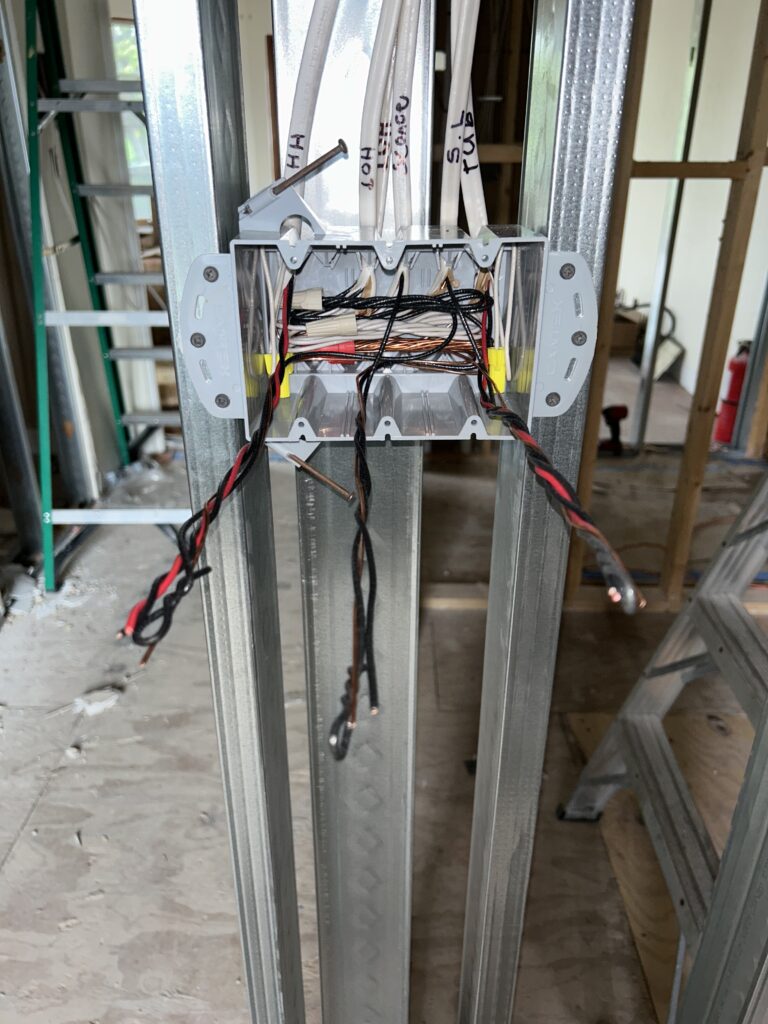
Causes of Breaker Failure
Several factors contribute to electrical breaker failure. One of the most common reasons is age and wear. Breakers are mechanical devices that experience wear over time, and older breakers may lose their ability to function correctly. Homes with outdated electrical panels may experience frequent breaker issues due to outdated technology.
Corrosion and moisture exposure can also lead to failure. If a breaker is located in a damp area, such as a basement or garage, moisture can cause internal components to deteriorate. Similarly, exposure to dust and debris can cause a breaker to malfunction by interfering with its internal contacts.
Excessive electrical loads over time can weaken a breaker’s ability to trip properly. If a circuit is consistently running near its maximum capacity, the breaker may overheat and degrade more quickly. Upgrading to a higher-capacity breaker (if the wiring allows it) or redistributing electrical loads can help prevent premature failure.
Manufacturing defects or improper installation can also result in early failure. While rare, some breakers may have design flaws that cause them to fail prematurely. Likewise, a breaker that was not installed correctly may develop connection issues that prevent it from working as intended.

Testing and Replacing a Bad Breaker
If an electrical breaker is suspected of being faulty, it can be tested using a multimeter to check for continuity and voltage. A functioning breaker should show voltage output when in the “on” position. If no voltage is detected, it may be time for a replacement.
Replacing a faulty breaker should be done by a qualified electrician to ensure safety. The process involves turning off the main power supply, removing the defective breaker, and installing a new one of the same type and amperage rating. It is also essential to inspect the panel for any underlying issues, such as loose connections or damaged wiring, that could contribute to breaker failure.
Preventative Maintenance for Electrical Breakers
Regular maintenance helps extend the lifespan of electrical breakers and ensures safe operation. Homeowners should periodically check the electrical panel for signs of overheating, corrosion, or loose connections. If breakers trip frequently, investigating the cause rather than repeatedly resetting them is crucial.
Having an electrician perform an electrical panel inspection every few years can help identify potential issues before they lead to failure. Upgrading an outdated panel to a modern one with higher capacity can improve electrical safety and efficiency, especially in older homes with increasing power demands.
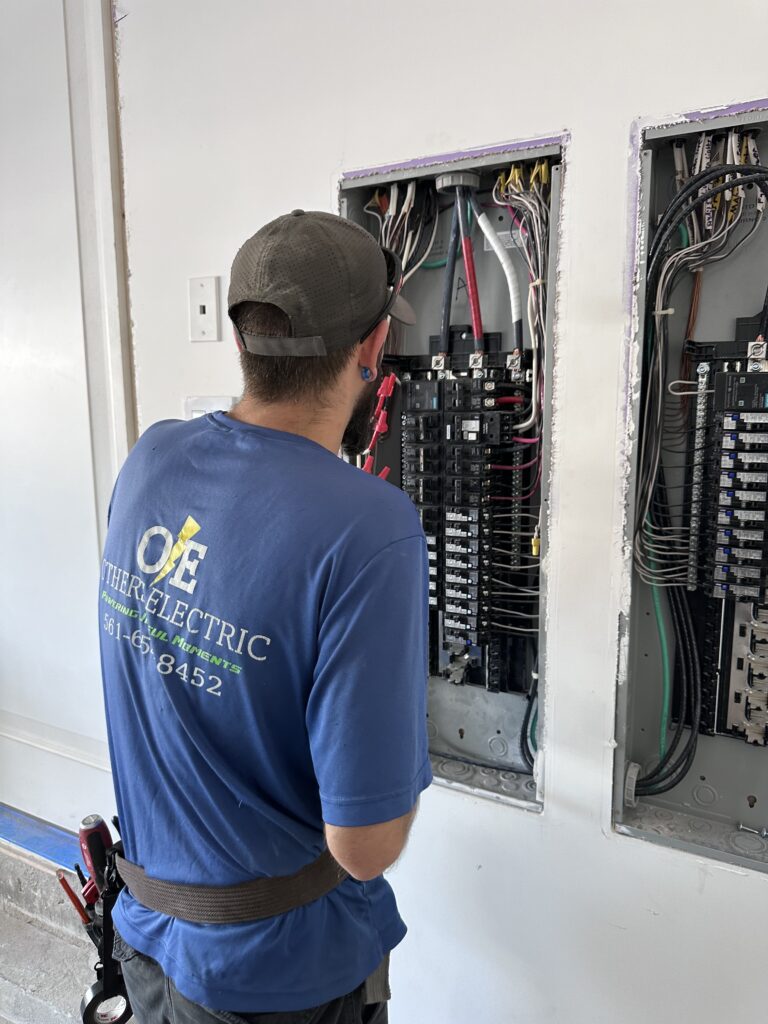
Conclusion – Can an Electrical Breaker Go Bad? Yes It Can!
Electrical breakers play a crucial role in protecting homes from electrical hazards, but they can go bad over time due to age, wear, and environmental factors. Recognizing the warning signs of a failing breaker, such as frequent tripping, overheating, or inability to reset, is essential for preventing electrical issues. If a breaker is suspected of being faulty, professional testing and replacement ensure continued safety and reliable power distribution. For expert electrical services, including breaker replacement and panel upgrades, Others Electric provides professional solutions tailored to meet all electrical needs. More information on electrical safety and maintenance can also be found at the National Fire Protection Association (NFPA).


